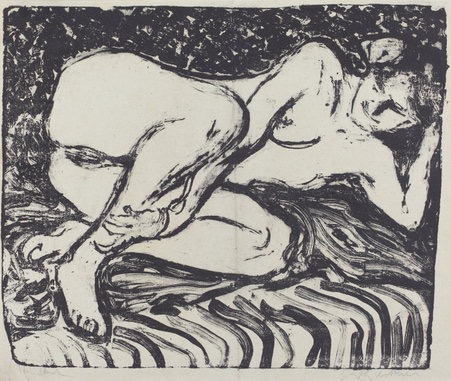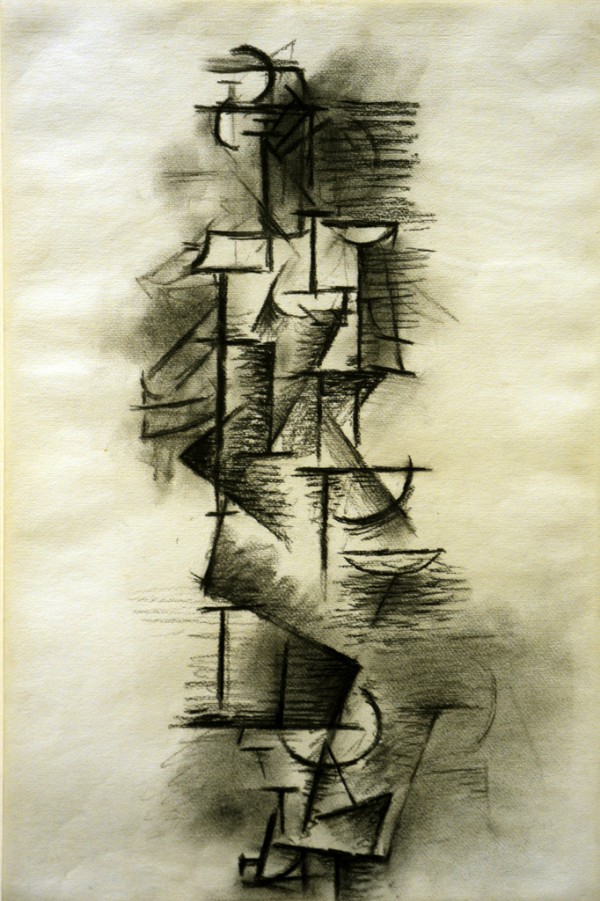Fine Art Body Painting Today
Although questionably not for museums (Or maybe it will be?), it is apparent that Fine Art Body Painting has come into its own as was seen on Saturday night, May 16, at The Springs, a New Age restaurant, bar and tranquility center in the Downtown Los Angeles Arts District. It has an international group of adherents who describe themselves as “Fine Art Bodypainters.”
Nudity is the hallmark of body painting today. Fine Art Body Painting is sedate rather than sexually provocative. Men wear jockstraps or jockey shorts which are covered with paint and blend into the rest of the body. Women wear something akin to a g-string which covers their vaginas; it is painted and blends into the paint covering other parts of the body. On the scale of public nudity, this is hardly beyond the topless beaches at St. Tropez or the separated nude beaches that have become common in this country.
Nudity has been the accepted province of Western European artists, from Ancient Greek and Roman sculptors to 20th Century French masters like Aristide Maillol and Pablo Picasso. In their original form, most ancient Greek and Roman sculptures were not pristine white as they are presented today in museums around the world. Evidence demonstrates that most were polychrome. The visibility of color has disappeared.
Over the course of millennia, the art of body painting has been practiced throughout the world by various cultures. Evidence of tattoos has been discovered dating back to the Neolithic era. Body painting is still a common practice among many societies in Africa, Asia, Australia, Oceania and South America.
Discover more: Body Art: Marks of Identity, an exhibition curated by Enid Schildkrout at the American Museum of Natural History in New York.
Given the ubiquity and popularity today of tattooing, Fine Art Body Painting, now in its infancy, might become a more popular movement. Among contemporary art museum curators there is a propensity to chase the latest fads and provide them with legitimacy. In the wake of numerous displays of nudity in theater, dance and performance art over an extended period of time, Fine Art Body Painting might be seen as the next new wave.
The Western European Tradition of Nudity


Footnote: Until recently, male nude figures were displayed in museums with a “Fig Leaf” covering their genitals. In 1563 the Roman Catholic Council of Trent ruled that “all lasciviousness be avoided” in religious images. Historically, women’s vulva areas were generally obscured with some form of drapery.














